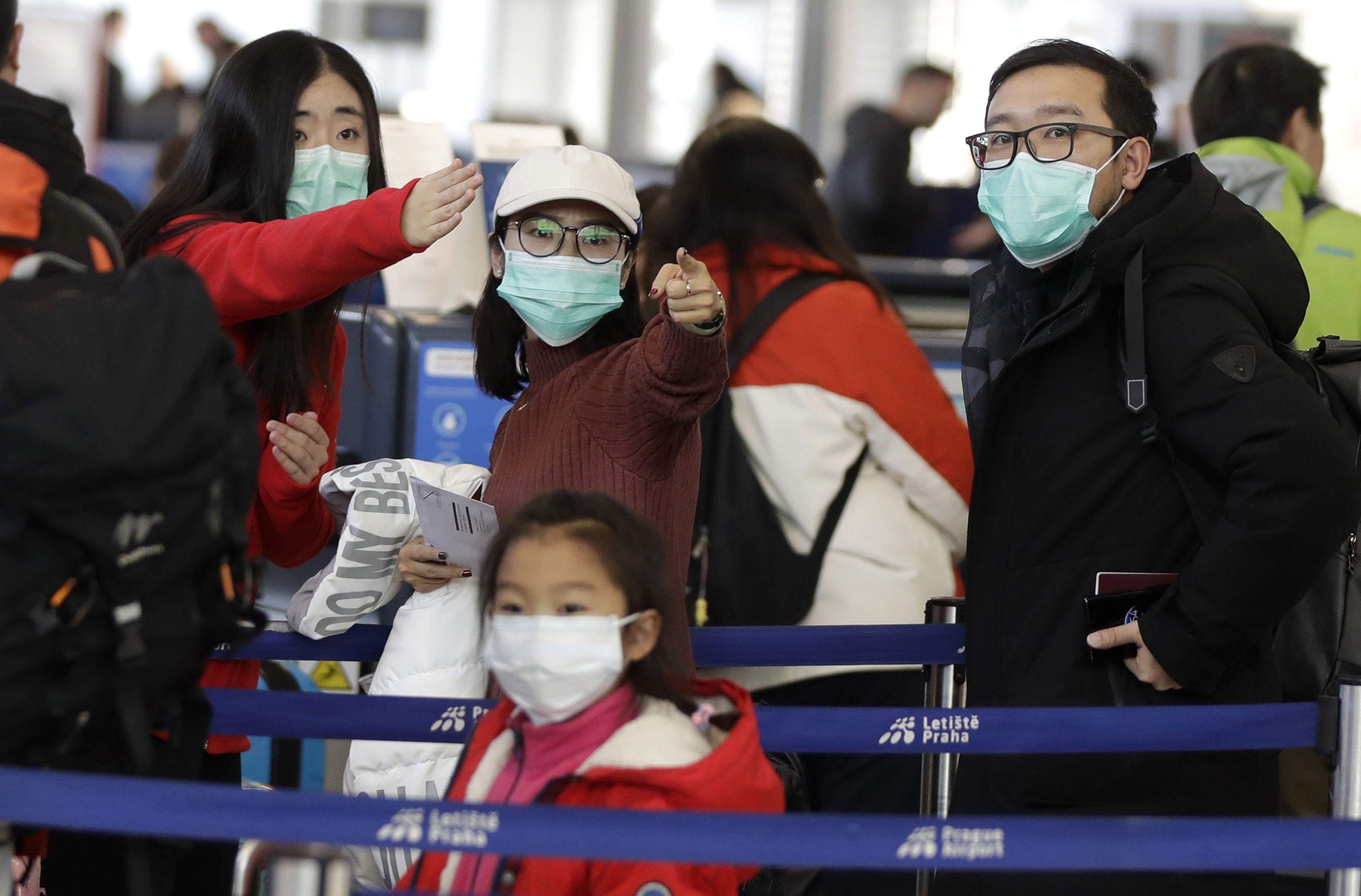As Coronavirus spreads, Schumer urges Trump administration to declare a public health emergency
Five cases in U.S as of Monday, none reported in New York City.

Sen. Chuck Schumer is calling on the Trump administration to officially declare a public health emergency so the Centers for Disease Control can obtain additional funds to prepare for the rapidly-spreading Coronavirus.
The Infectious Disease Rapid Response Reserve Fund holds $85 million, which the CDC could use for airport screening, to trace cases of the virus or other urgent needs.
The federal Department of Health and Human Services, led by Secretary Alex Azar, must make the declaration before the fund can be unlocked.

Brooklyn Boro
View MoreNew York City’s most populous borough, Brooklyn, is home to nearly 2.6 million residents. If Brooklyn were an independent city it would be the fourth largest city in the United States. While Brooklyn has become the epitome of ‘cool and hip’ in recent years, for those that were born here, raised families here and improved communities over the years, Brooklyn has never been ‘uncool’.